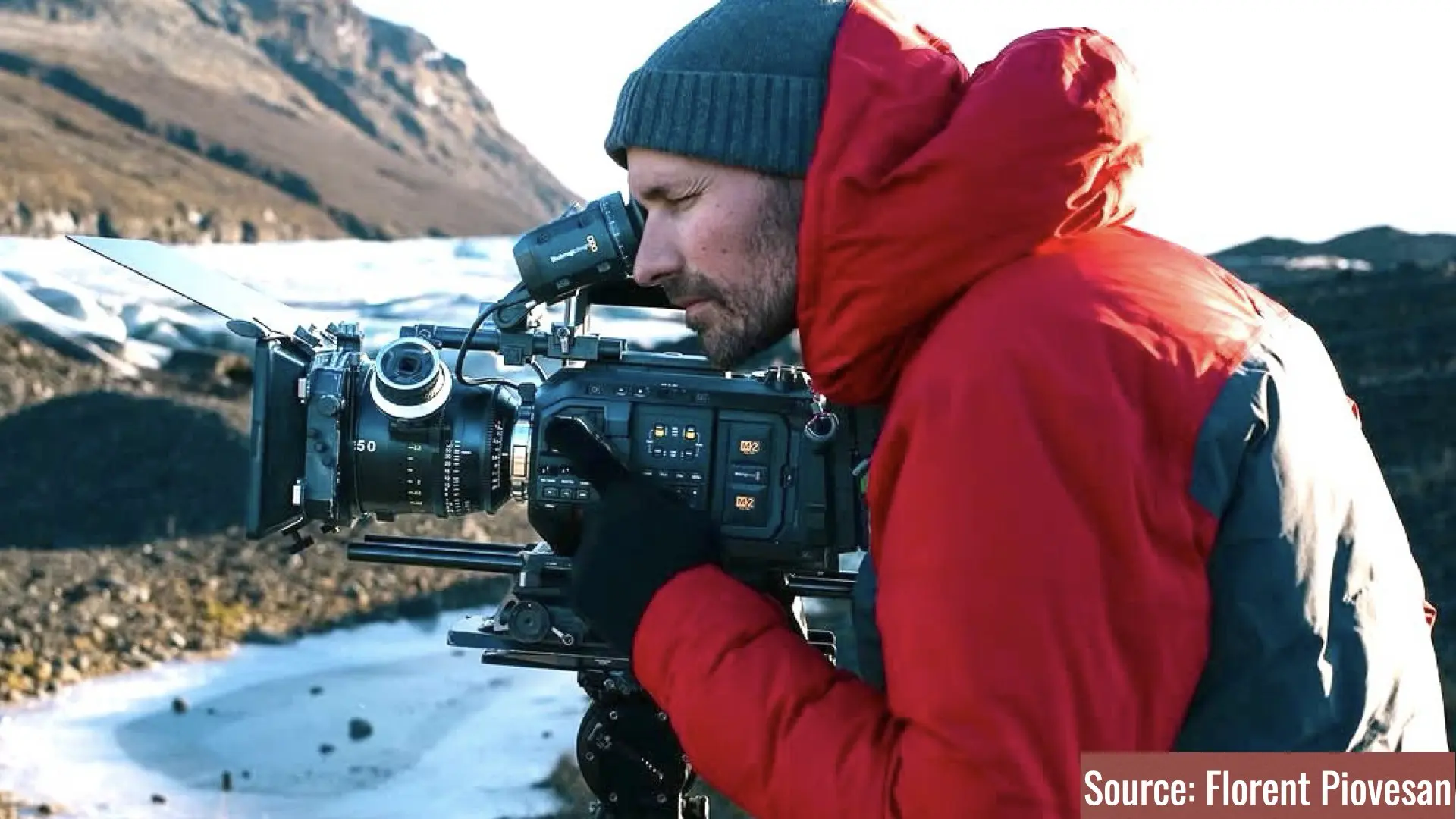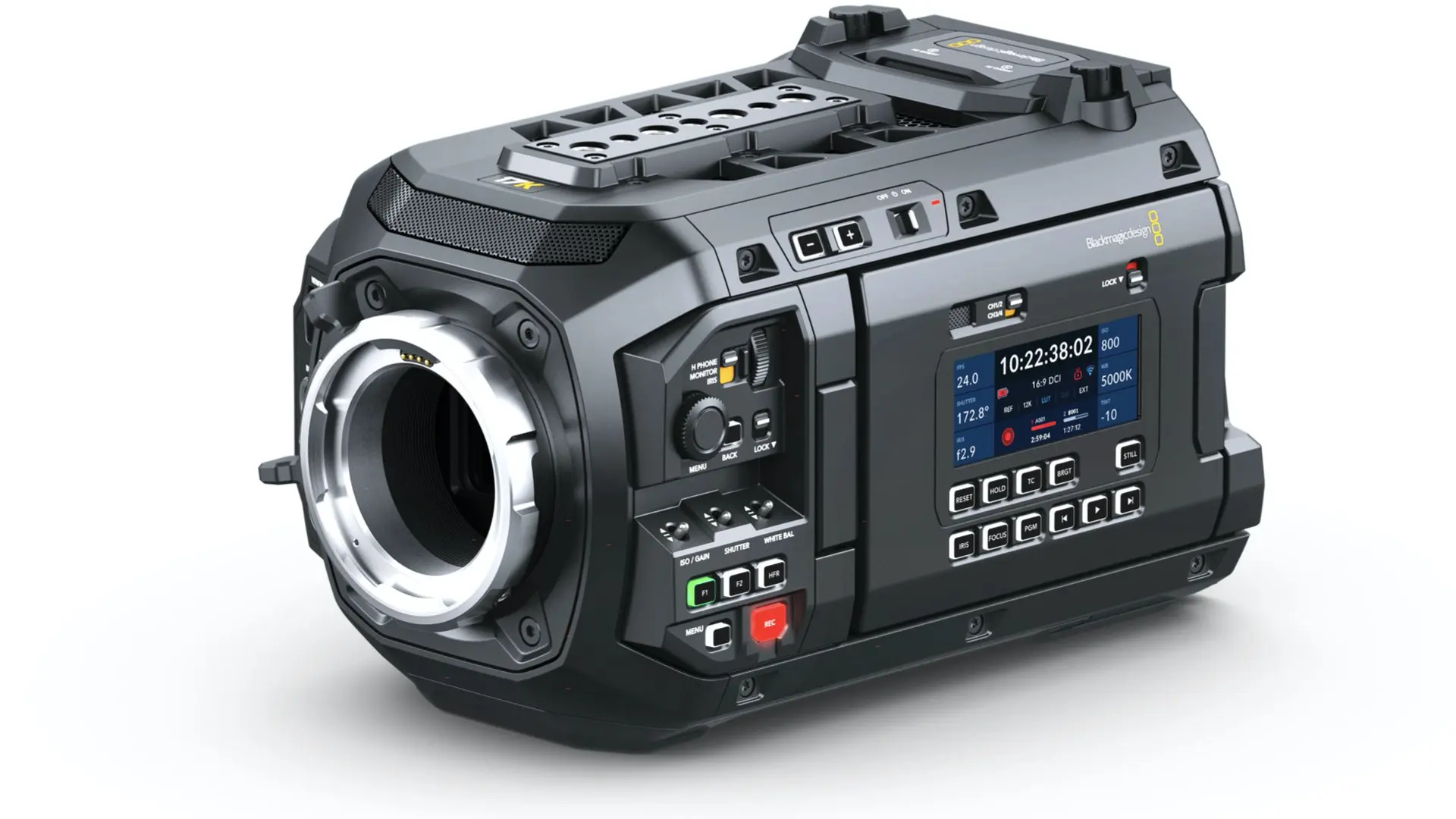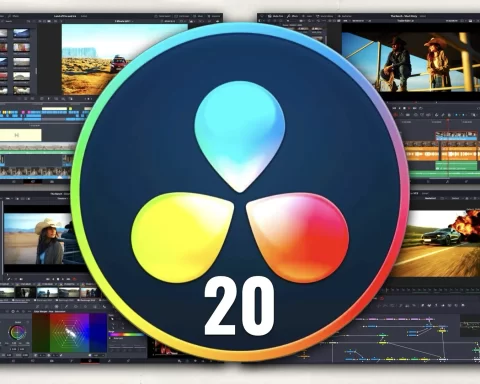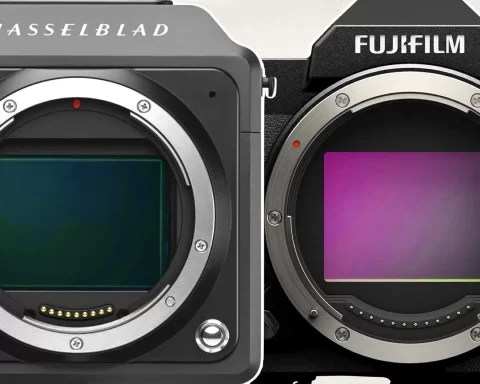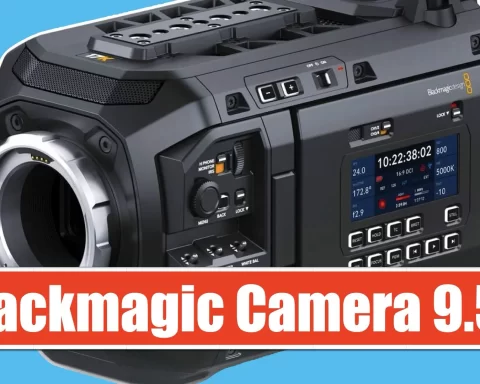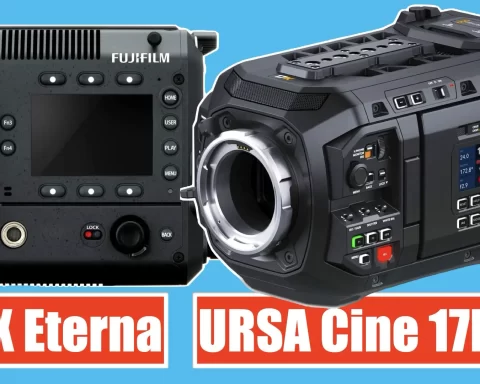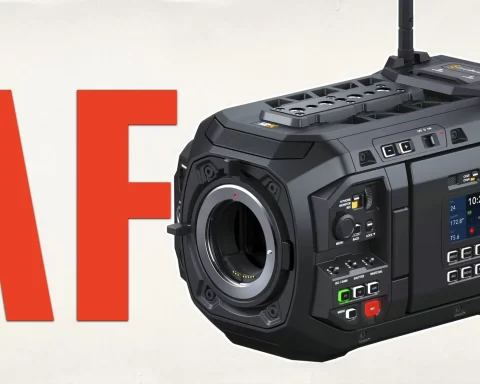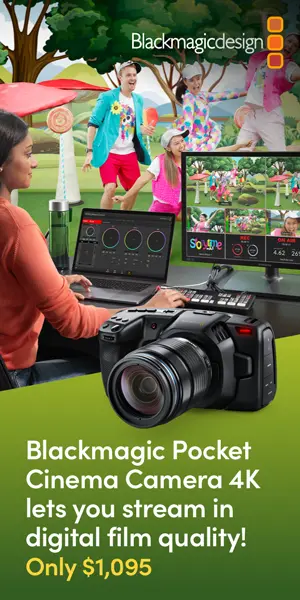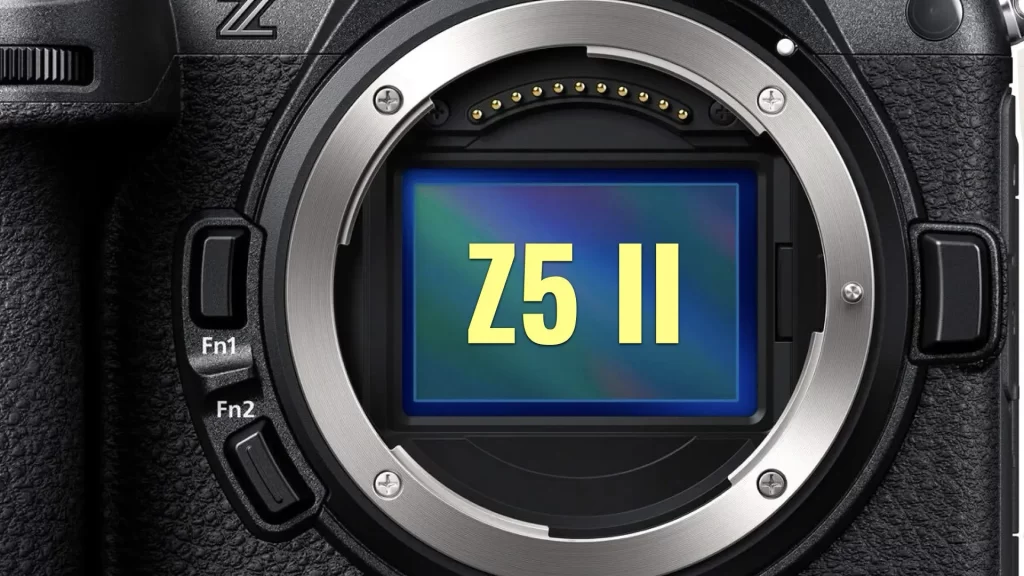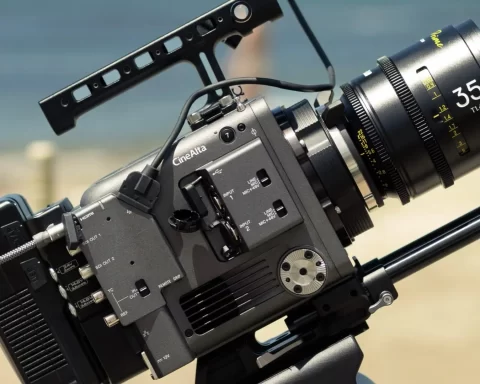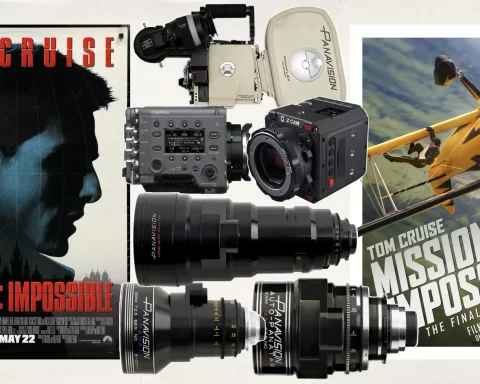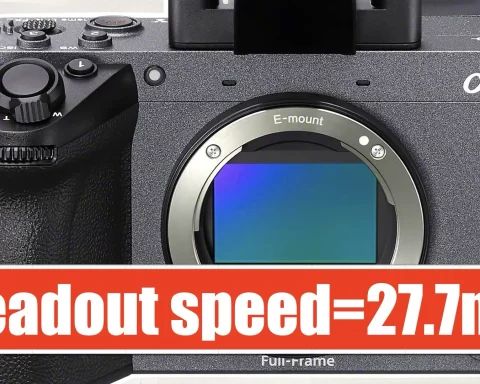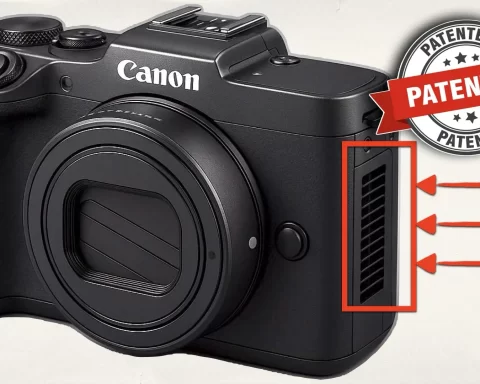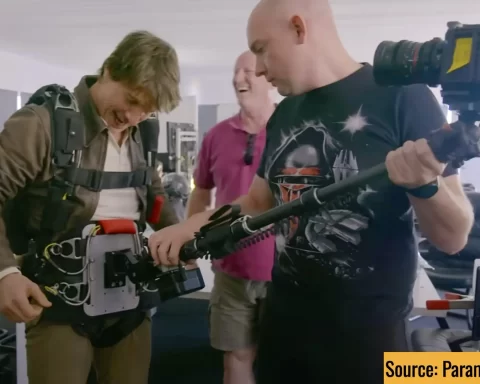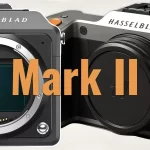Blackmagic Design has released official sample footage from the URSA Cine 17K 65, providing a first proper look at what this camera’s large-format sensor is capable of. The footage demonstrates the characteristics of medium format digital cinematography in a practical environment and offers insight into the URSA Cine’s role in the evolving camera landscape. The footage is now available via Blackmagic’s official site, along with downloadable RAW files for independent analysis.
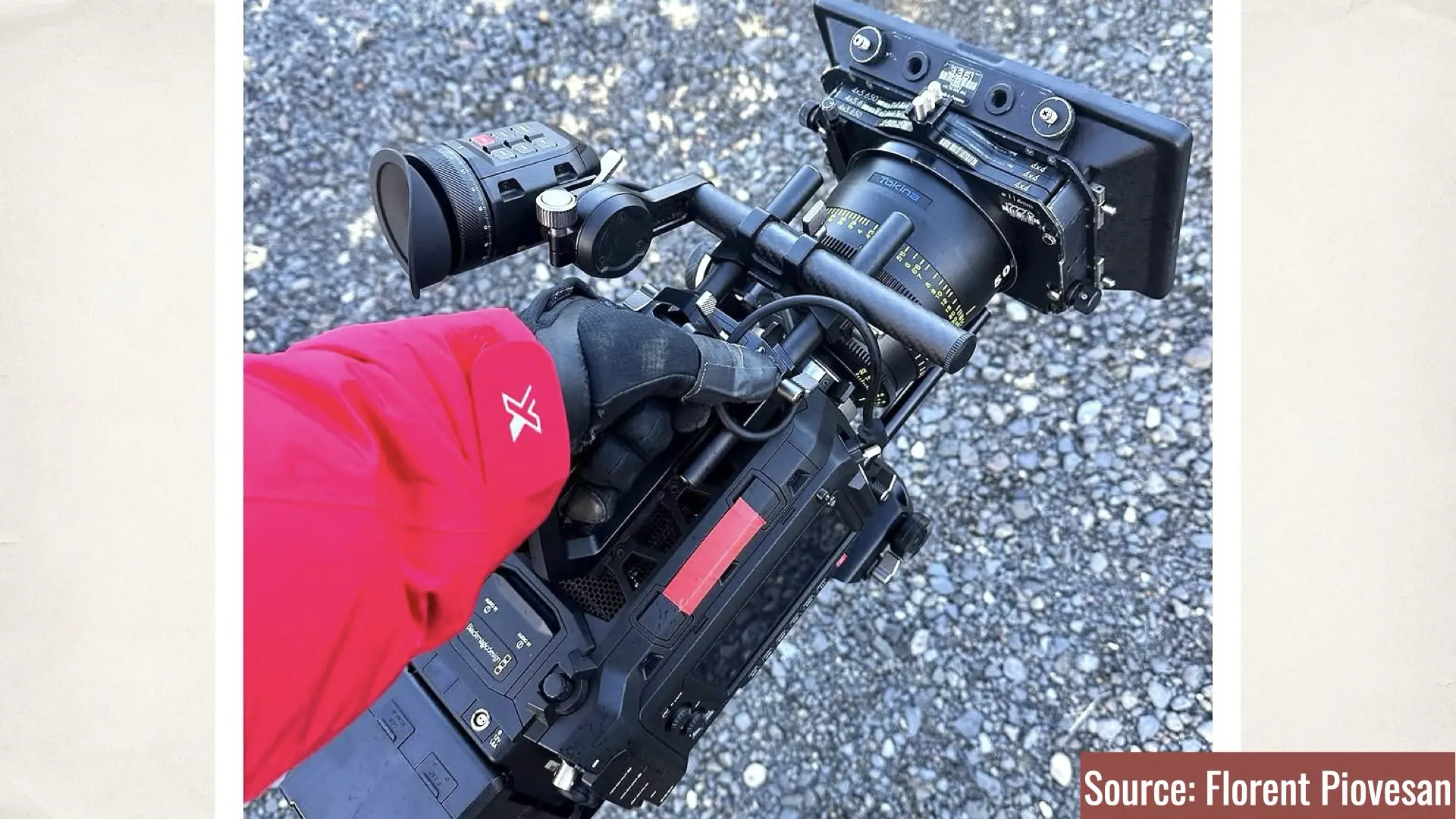
Sensor Size and Image Characteristics
The URSA Cine 17K features a 65mm-sized sensor, which Blackmagic refers to as a 17K YRGB sensor. This places the camera in the realm of digital medium format or digital large format, depending on the terminology used. The image area is significantly larger than Super 35 and full-frame sensors, affecting both the field of view and depth of field. One of the most noticeable features of the footage is the combination of a wide field of view with shallow depth of field — a visual trait that’s typical in large format capture. Even lenses such as 24mm or 35mm, when paired with this sensor, produce images with distinct background separation and a notable sense of dimensionality, while retaining wide-angle perspective. This also leads to operational challenges: maintaining accurate focus becomes increasingly difficult as the depth of field narrows. As a result, large format cameras often demand more precision from focus pullers, especially in dynamic environments. For a deeper dive into why large format is becoming more prominent in modern cinematography, see our foundational piece: Large Format Cinematography as the New Standard: Obsolescence of S35.
Lens Coverage and Format Compatibility
The footage was captured by cinematographer Florent Piovesan, who used Tokina Vista Cine primes. Although these lenses are rated for a 46.7mm image circle—typically sufficient for full-frame—they were able to cover the URSA’s larger sensor, particularly in focal lengths of 35mm and longer. This raises questions about lens coverage in practical applications and suggests that certain full-frame cine lenses may offer more coverage than specified.
Piovesan remarked:
“What I wasn’t prepared for was how beautiful this landscape looks on Blackmagic’s YRGB 17K sensor. Having all that extra resolution was like having a microscope on the back of the lens capturing every bit of detail in the landscape.”
This reinforces a common point about high-resolution sensors: while the added resolution may not be fully used in final delivery, it benefits acquisition by capturing additional detail, enabling more flexibility in postproduction for cropping, stabilization, and compositing. More on sensor specs and system capabilities can be found in our breakdown: Blackmagic URSA Cine 17K 65: More Details and Pricing Revealed.
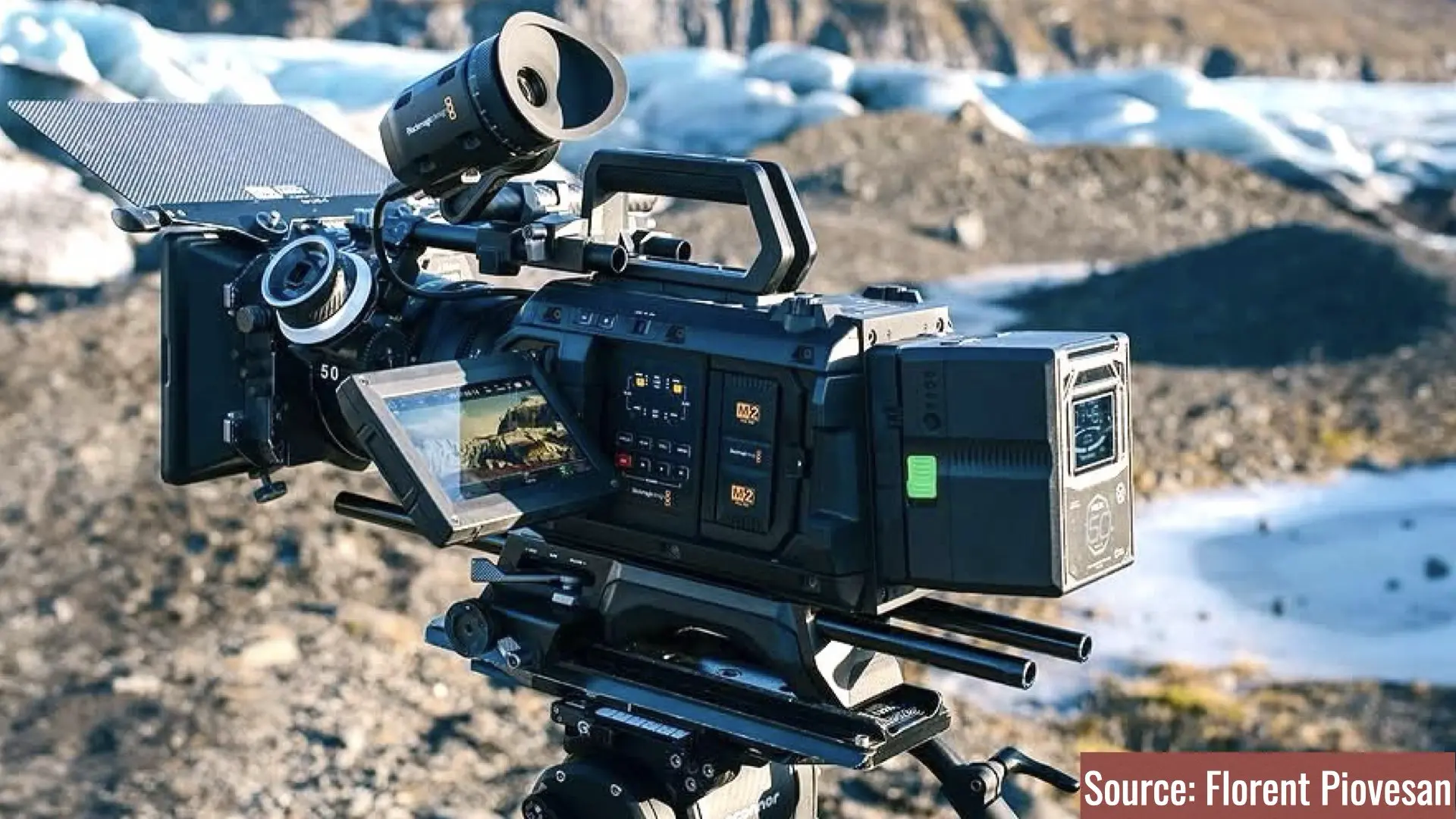
Field Use and Practical Considerations
Dylan Rucker, another cinematographer who worked with the URSA Cine 17K, emphasized the sensor’s optical characteristics and the body’s usability:
“65mm cinematography is as close as you get to see in real life. Even when shooting on a 24mm lens, the field of view is more like a 14mm, but without the distortion you get with full frame.”
Rucker also notes the benefit of having a compact camera body relative to the sensor size. This opens up options for use on drones, cranes, and vehicle rigs, which is typically a challenge with cameras of similar format size. In addition, he highlighted the inclusion of dual-side monitors for the operator and assistant, and a reported 16 stops of dynamic range. The off-speed capabilities, such as high frame rates, and ability to shoot at multiple resolutions including 8K and 4K, suggest the URSA Cine 17K is being positioned not just as a specialty medium format camera, but a flexible tool for various kinds of productions. We explore this idea in greater depth in the following article: URSA Cine 17K: Bringing IMAX Filmmaking to the Masses.
Technical Background and Context
This release aligns with a broader industry movement toward large format capture. As discussed in Large Format Cinematography as the New Standard, larger sensors are gradually replacing Super 35 as the default for high-end cinematography. Blackmagic’s approach is notable not just for its sensor size and resolution, but for its pricing strategy. The camera body is listed at $30,000, which is significantly lower than other 65mm-class digital systems used in IMAX and premium theatrical productions. The intent seems to be democratizing access to ultra-large-format imaging. Additionally, Blackmagic recently published details about the readout architecture and sensor performance, shedding light on internal processing speeds. That analysis is covered in our piece: Blackmagic Unveils Readout Speeds for the URSA Cine 17K 65: What It Means for Filmmakers. We can tell that the performances are very solid.
The release of this sample footage provides a practical look at what the URSA Cine 17K 65 is capable of. Visually, it reflects the familiar attributes of large-format cinematography — shallow depth of field, expansive field of view, and fine detail resolution.
Summary
The release of this sample footage provides a practical look at what the URSA Cine 17K 65 is capable of. Visually, it reflects the familiar attributes of large-format cinematography — shallow depth of field, expansive field of view, and fine detail resolution. Operationally, it introduces a set of tools in a smaller body than what is typical for this format. More importantly, the URSA Cine 17K represents a growing shift in the production world, where tools traditionally reserved for high-budget or IMAX-level productions are now becoming more accessible. Whether this leads to a broader adoption of 65mm digital workflows remains to be seen, but the footage suggests that the technical foundation is solid. For those looking to explore the characteristics of this sensor, Blackmagic’s decision to provide downloadable RAW footage is valuable. It allows for independent evaluation of color science, compression behavior, resolution, and workflow compatibility—elements critical to any serious production. In sum, while the excitement around the footage is understandable, the real significance lies in what this release means for medium format digital cinema as a whole: a step toward greater accessibility and broader use, both in feature films and in emerging cinematic formats.

